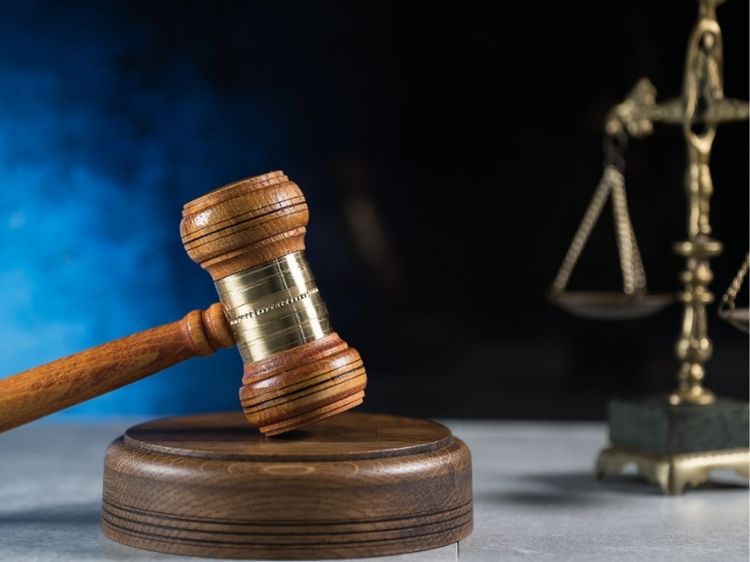Liability for Negligence: Understanding the Basics and Implications
Imagine you’re driving down a busy street, paying close attention to the road when suddenly another car swerves in front of you, causing an accident. Who’s responsible? Well, this scenario dives deep into the concept of liability for negligence. In simple terms, negligence is the failure to take proper care in doing something, leading to damage or injury. But, when does this failure become a legal liability? How does it affect you? Let’s unravel the intricacies of liability for negligence, ensuring you understand its implications and how it might relate to your everyday life.
What is Negligence?
Negligence, in a legal context, is when someone fails to act with the level of care that a reasonably prudent person would under similar circumstances. This doesn’t mean an accident automatically results in liability. Instead, there must be a clear link between the negligent act and the harm caused. For instance, if a shop owner neglects to clean up a spill and someone slips and falls, that shop owner could be held liable for negligence.
The Four Elements of Negligence
To establish liability for negligence, four elements must be proven:
- Duty of Care: The defendant had a legal duty to act in a certain way toward the plaintiff. For example, drivers have a duty to obey traffic laws to ensure the safety of others on the road.
- Breach of Duty: The defendant breached that duty by failing to act as a reasonable person would. Using our traffic example, this could be running a red light or driving under the influence.
- Causation: The breach of duty caused harm to the plaintiff. If the driver who ran the red light hit another car, causing injury, this establishes causation.
- Damages: The plaintiff suffered actual damages as a result of the breach. These could be medical bills, lost wages, or pain and suffering.
Types of Negligence
Negligence isn’t a one-size-fits-all concept. There are various types of negligence, each with its own legal implications:
- Contributory Negligence
In some cases, the plaintiff may have contributed to their own harm. For example, if a pedestrian was jaywalking and got hit by a car, they might share some of the blame. In states that follow contributory negligence rules, if the plaintiff is even slightly at fault, they may be barred from recovering any damages.
- Comparative Negligence
Unlike contributory negligence, comparative negligence allows the plaintiff to recover damages even if they are partially at fault. However, their recovery is reduced by their percentage of fault. So, if the pedestrian was 30% at fault for jaywalking, they could still recover 70% of the damages from the driver.
- Gross Negligence
Gross negligence takes things a step further. It’s not just a simple mistake or oversight; it’s a blatant disregard for the safety of others. Imagine a doctor performing surgery while intoxicated. This level of carelessness could easily lead to a gross negligence claim.
Real-World Examples of Liability for Negligence
Negligence cases can be found in nearly every aspect of life, from car accidents to medical malpractice, and even in business operations.
- Car Accidents
As mentioned earlier, car accidents are a common example of negligence. If a driver fails to yield at a stop sign and causes a collision, they can be held liable for the damages resulting from their negligence.
- Medical Malpractice
Doctors and healthcare providers are held to a high standard of care. When they fail to meet this standard, and a patient is harmed, it’s considered medical malpractice. For example, if a surgeon operates on the wrong limb, this is a clear case of negligence.
- Premises Liability
Property owners have a duty to maintain safe conditions on their property. If they fail to do so, and someone is injured, they can be held liable. For instance, if a grocery store fails to fix a broken step and a customer falls, the store could be sued for negligence.
Defenses Against Liability for Negligence
Not all negligence claims result in liability. Defendants have several defenses they can use to avoid or reduce their liability.
- Assumption of Risk
If the plaintiff knowingly engaged in a risky activity, they may be barred from recovering damages. For example, if someone is injured while bungee jumping, they may not be able to sue the operator if they signed a waiver acknowledging the risks.
- Contributory and Comparative Negligence
As discussed earlier, these defenses involve showing that the plaintiff was partially or fully responsible for their own injuries. Depending on the state, this could either reduce or eliminate the defendant’s liability.
- No Duty Owed
Sometimes, the defendant may argue that they didn’t owe a duty of care to the plaintiff in the first place. For example, a passerby who doesn’t attempt to rescue someone in danger may not be liable for negligence because there’s generally no legal duty to act in such situations.
FAQs About Liability for Negligence
- What is the difference between negligence and gross negligence?
Negligence refers to a failure to exercise reasonable care, while gross negligence involves a severe lack of care that shows a reckless disregard for the safety of others.
- Can I sue for negligence if I wasn’t injured?
Typically, no. For a negligence claim to be successful, there must be actual harm or damages suffered by the plaintiff.
- How long do I have to file a negligence lawsuit?
The time limit, known as the statute of limitations, varies by state and the type of negligence claim. It’s essential to consult with a legal expert as soon as possible to ensure your claim is filed within the appropriate timeframe.
- What damages can I recover in a negligence lawsuit?
Damages in a negligence lawsuit can include medical expenses, lost wages, pain and suffering, and sometimes punitive damages, depending on the severity of the negligence.
Conclusion
Understanding liability for negligence is crucial, whether you’re a driver, business owner, or just an everyday person. By recognizing the elements of negligence and the potential defenses, you can better navigate situations where liability might arise. Remember, negligence isn’t just about making a mistake—it’s about failing to uphold a standard of care that could prevent harm. Stay informed, act responsibly, and you’ll be well-prepared to handle any situation involving liability for negligence.
Authoritative Links
- https://www.law.cornell.edu/wex/negligence
- https://www.nolo.com/legal-encyclopedia/what-is-negligence-30141.html
- https://www.findlaw.com/injury/accident-injury-law/proving-fault-what-is-negligence.html
- https://www.justia.com/injury/negligence-theory/
- https://www.legalmatch.com/law-library/article/negligence.html



